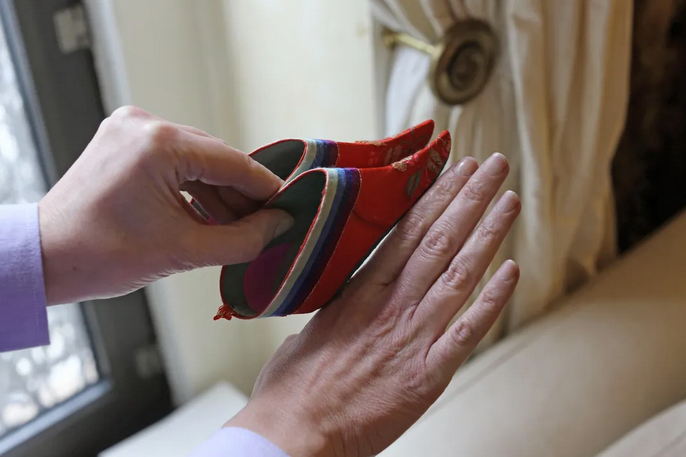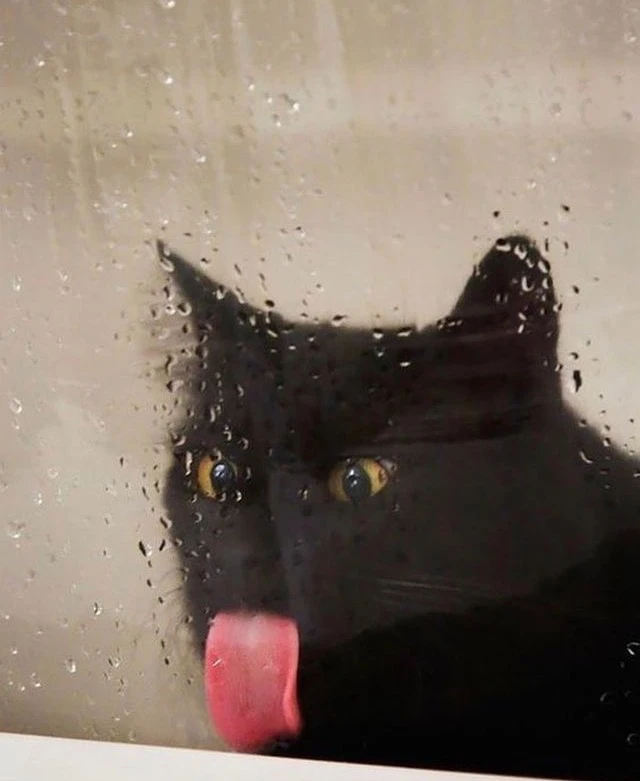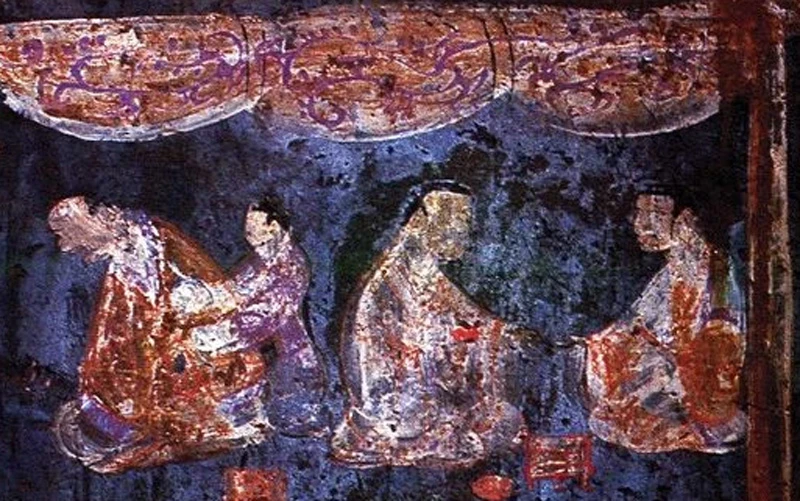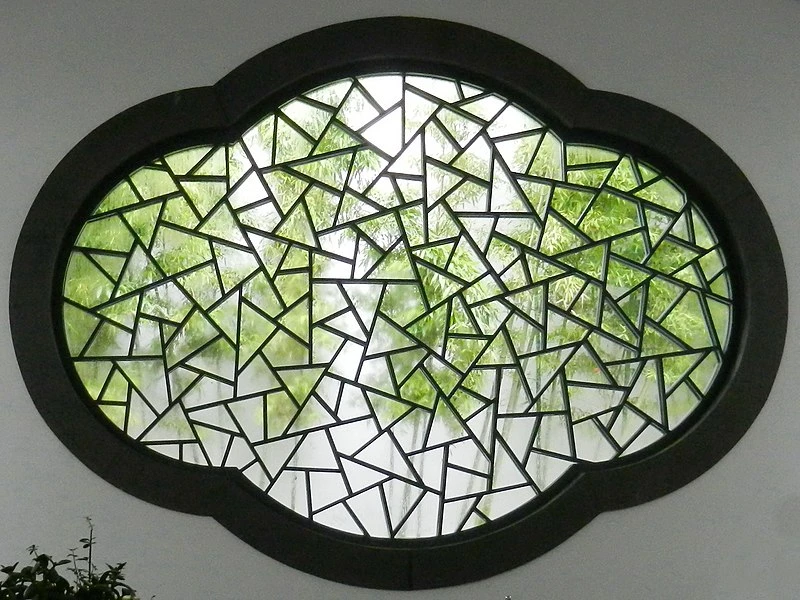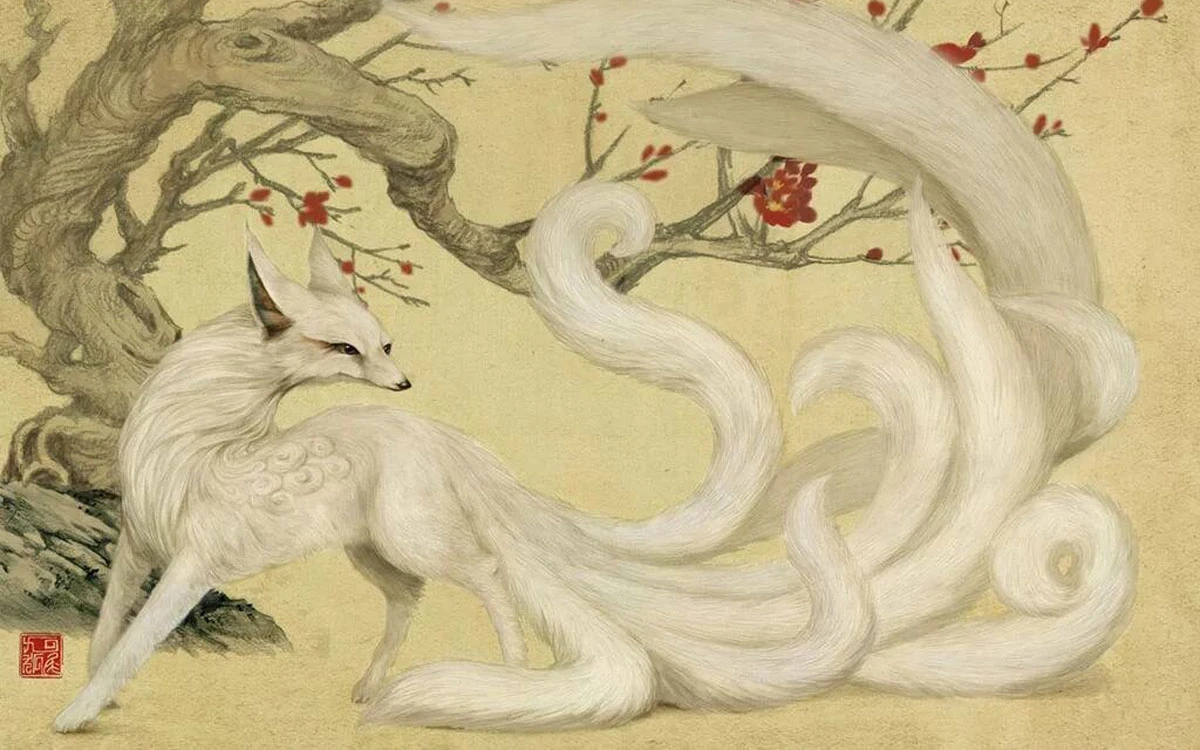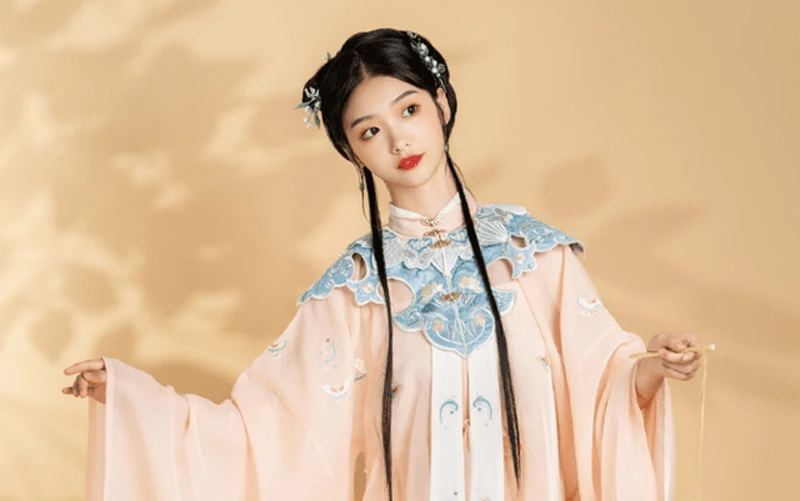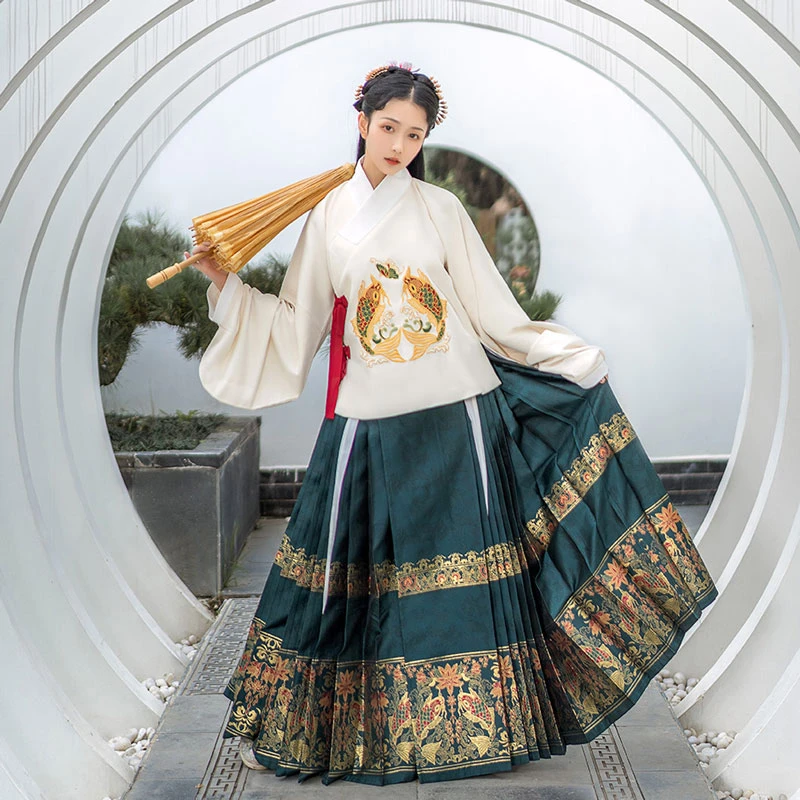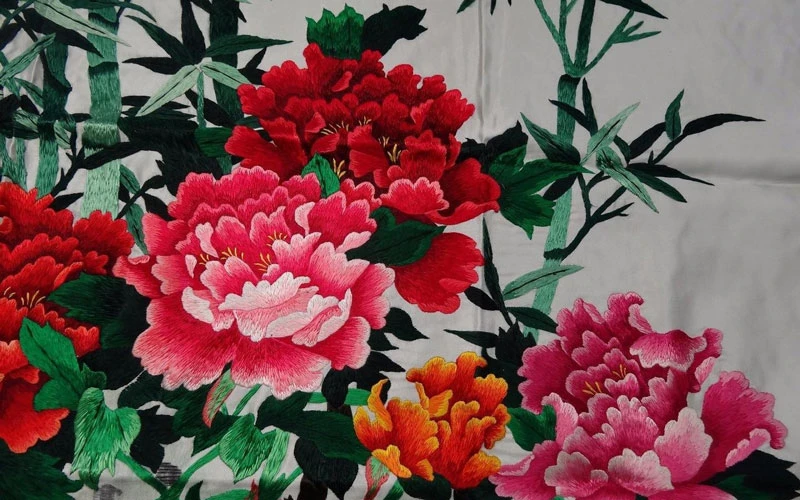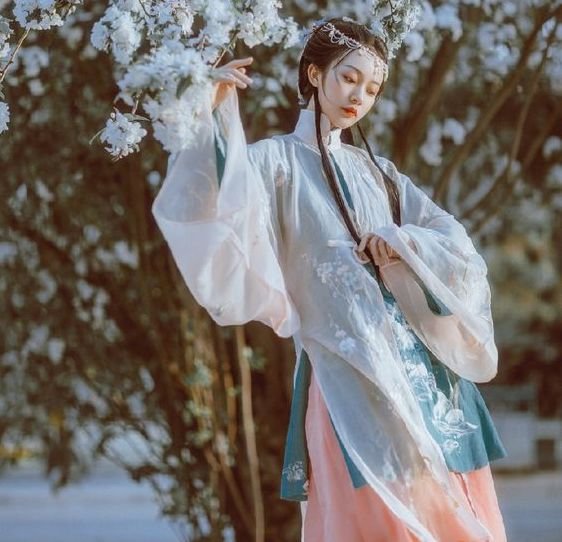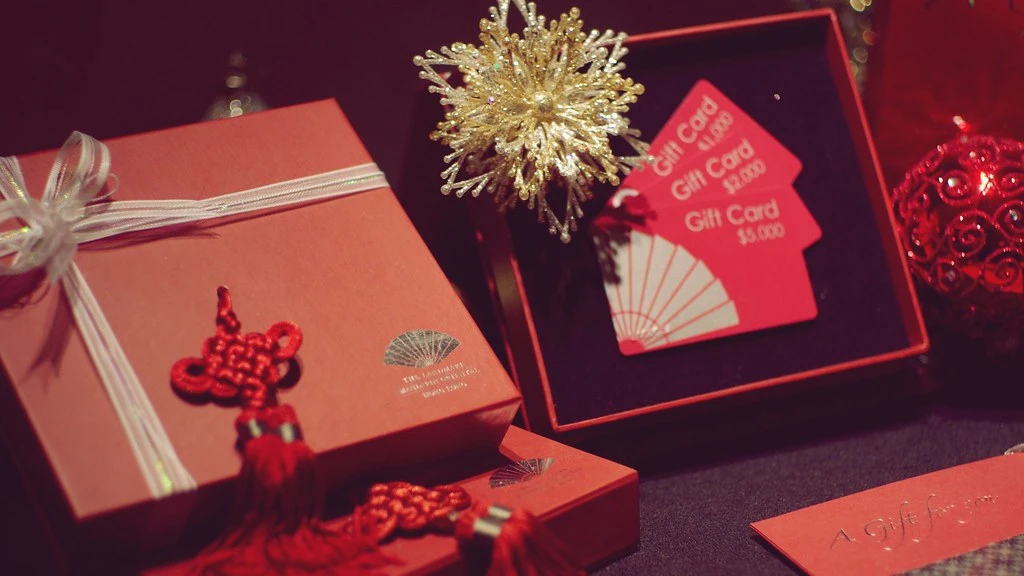-
Footbinding - The High Price of Beauty
Foot binding (simplified Chinese: 缠足; traditional Chinese: 纏足) was the Chinese custom of breaking and tightly binding the feet of young girls to change their shape and size for aesthetic purposes. Feet altered by footbinding were known as lotus feet and the shoes made for them were known as lotus shoes. It has been estimated that by the 19th century 40–50% of all Chinese women may have had bound feet, rising to almost 100% among upper-class Han Chinese women. The lotus flower, a symbolically significant flower across Eastern countries and religions, is associated with beauty, enlightenment and rebirth. Every morning the lotus flower emerges elegant and pure from muddy waters. In Buddhism, the white lotus flower is symbolic of Bodhi, or, being awakened. Thus the lotus is also a symbol of desire and fertility. History: Footbinding was an extremely painful and debilitating cultural practice, existing in China from the 10th century until the establishment of the People’s Republic of China in 1949. First practice was documented in the Southern T'ang Dynasty (937-956 AD), although some poetry from the Han Dynasty (206 BC-AD 220) suggests that small feet were culturally preferred before documentation of the custom. The exact origin of…- 169
- 0
-
Han Purple and Han Blue - Color in Ancient China
Let’s talk about Han purple and Han blue, distant relatives of Han Solo. Or perhaps not. ◑.◑ What are they then? As you may have guessed, these are artificial pigments, synthetic colors, created by the Chinese over 2,500 years ago. They were widely used in ancient artworks - such as wall paintings, for decorating ceramics, metalware, jewelry, clothes, and even the famed Terracotta warriors are painted blue... or purple. Han purple and Han blue are actually misnamed, as both colors have been found well before the Han dynasty in China, perhaps as early as the Western Zhou dynasty (1045-771 BCE). Therefore, they are often called Chinese purple and Chinese blue instead. Another misnomer is that Han purple, in its pure form, is actually a dark blue, so perhaps Han indigo would be more accurate. But let's go back in time to ancient China. Colors were obtained through what people could find in nature. Fun fact: Pigments are made from inorganic materials such as powdered minerals, and are far more durable than dyes. Dyes, on the other hand, are organic compounds traditionally made from plants or animals and are shorter-lasting. So here they were, using dyes and the same old pigments -… -
Traditional Chinese Window Patterns
You might think, 'Is the author crazy? A full article about windows?' Yes and yes. But you know the saying - something about eyes and windows... I don’t know... So keep your eyes on THESE windows and let me make it even worse by inserting a poem. The article will not take more than 5 minutes, less if you only look at the pictures (yes, I see you!). Quiet Night Thought (Chinese: 靜夜思) by Li Bai 床前明月光 疑是地上霜 舉頭望明月 低頭思故鄉 Thoughts in the Silent Night, translation by Fercility Jiang Moonlight shining through the window Makes me wonder if there is frost on the ground Looking up to see the moon Looking down I miss my home town The connection between windows and nature has been referenced in Chinese poetry throughout the ages. There are many types, styles, and colors of traditional Chinese windows, combining beauty with practicality and tradition with novelty. These windows are always in harmony with nature, as is typical in Chinese architecture, allowing the feeling of wind, rain, and light to pass through (hence the poems!). Buildings and windows, included, have had to consider feng-shui, the forces of "wind and water" in traditional geomancy (earth divination), as… -
Chinese Mythology: Differentiating Gods, Immortals, Ghosts, Demons, and Monsters
Gods, ghosts, demons. These are terms we’ve all heard before, of course. When it comes to gods, you might think of the eclectic pantheons of Greek, Norse, or Egyptian tradition, or the capital “G” God of many huge, organized religions; for ghosts, you might think of translucent, ethereal, figures; for demons, horned and fork-tailed monsters. Chinese mythological traditions have these supernatural beings too—but in China, these beings are assigned very different traits and come from very different cultural roots. The problem stems from the fact that the Chinese names of these beings are often translated using English counterparts that already have pre-established, similar meanings (yet terms that are also just different enough that they can cause confusion and misunderstandings). So to those unfamiliar with Chinese mythology or Chinese folkloric tradition, here is a compiled list of the main supernatural beings of Chinese mythology, as well as there etymological roots, their interrelationships, their similarities, and their differences. I hope this will help you prevent accidental conflation of terms and mythologies, and I hope you have fun learning something from the guide below! Gods(神) Let’s start at the very top: Gods, or 神/shen. Chinese folkloric tradition is home to innumerable thousands…- 7.1k
- 2
-
Brief History of Cloud-Shoulder (Yunjian)
Brief history describing the purpose of yunjian, history, and changes overtime between modern period and past.- 2.4k
- 8
-
The Mamianqun: History, Construction, Features
So the Mamianqun, or 馬面裙, or horse-faced skirt, has been blowing up lately especially because of the Dior controversy—here's an in-depth dive into the history, construction, and features of the famous horse-face skirt. A BRIEF HISTORY OF THE MAMIANQUN The mamianqun or horse-faced skirt is a skirt that first originated somewhere close to the Song dynasty worn by high-class courtesans (who were like celebrities and fashion icons tbh) in the form of colorful pleated silk. It’s named this way because of its resemblance to the mamian fortress, which has stairs on either side (like the pleats) and a door in the front and back (like the skirt doors). The ‘doors’ sides of the fortress were known as the *horse faces* or mamian/馬面 because these were the faces of the fortress where the horses would pass through. It became extremely popular in the following Ming dynasty and stayed popular through the Qing dynasty through Manchurian rule—it’s been around for a long, long time! Mamianqun are more convenient for movement and offer a regal, classy aesthetic as well as a very recognizable and unique silhouette. Even Princess Diana wore one once! BASIC CONSTRUCTION OF A MAMIANQUN The Skirt Doors From the…- 12.5k
- 5
-
8 Flowers In Chinese Culture
Different flowers have different but very important meanings in Chinese culture. Here are the basics on what some of the most important and commonly seen flowers mean.- 4.4k
- 5
-
Recognizing Iconic Hanfu Styles From 6 Key Dynasties
What hanfu styles are from which dynasties? Can you tell what dynasty the cover photo for this article depicts?- 4.9k
- 3
-
Chinese Gift Taboos
Giving gifts is a great way to show appreciation, gratitude, or love, but there are a few things that shouldn’t be given as gifts in chinese culture. Some are due to double meanings, others due to symbolism, but just to make sure you don’t slip up and accidentally give your friend a taboo gift, pay attention to these key gift taboos!
